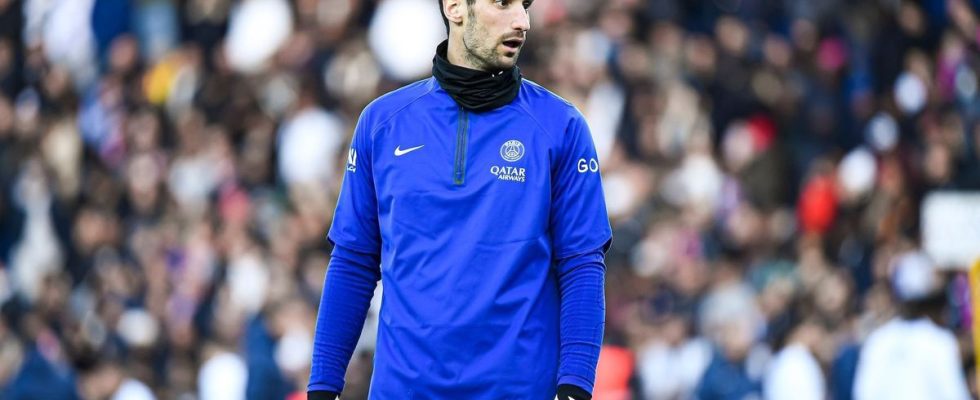Published on
Updated
Reading 2 mins.
in collaboration with
Dr Gérald Kierzek (Medical Director)
Victim of a serious head trauma last Sunday following a fall from a horse, PSG substitute goalkeeper Sergio Rico is said to be in stable but serious condition today. Dr Gérald Kiezerk explains what this means.
“Come on Sergio, we are with you”. In stadiums, as on social networks, messages of support for Sergio Rico, PSG substitute goalkeeper are pouring in. The man fell violently from his horse last Sunday near his home in Huelva (southwest Spain) in Andalusia. According to the statement from his family, the accident happened when the horse he was riding “got out of control” because of a “cart pulled by mules“. Sergio Rico has since been placed in intensive care.
A stabilized but serious condition
Difficult to know more about his condition. The messages publicly transmitted by the hospital service remain quite vague, even if they speak of a stable state to date.
In a press release, the Virgen del Rocio hospital in Seville, where the player has been hospitalized since his accident, indicates that the Andalusian is in stable condition. “After 72 hours of evolution in intensive care, Sergio Rico remains stable given the severity of his injuries”. However, no improvement has been seen even though care continues. “He remains under the effect of sedation, with close monitoring and follow-up, cared for by the intensive medicine team in agreement with other specialists in a multidisciplinary way”said a hospital source.
A state confirmed by the player’s companion, Alba Silva on the media: “Everything is stable, for the moment. That’s what we’ve been told, we’re patiently waiting. We cling to whatever we can.”
“The evolution of a severe head injury is always unpredictable”
What do these medical terms mean? In what real state is Sergio Rico? Dr. Kierzek emergency physician and medical director of Doctissimo deciphers what a so-called serious head trauma induces.
“A serious head trauma is an acceleration and deceleration lesion of a brain that hits the inside of the cranial box and causes edema. However, this edema swells in a fixed box, and therefore increases the intracranial pressure. The challenge here is on this edema which can damage the brain. And one of the ways to protect that brain is to sedate the patient, to keep them asleep, as is the case here.”
Making predictions about the state of the game, on the other hand, is currently impossible.
“Gravity is always difficult to define the first hours, and even the first days because things are changing a lot. And the course of a head injury is always unpredictable. These small hemorrhagic lesions in the brain can range from total recovery, without sequelae, to recovery with sequelae, a vegetative state or even death. But you can rarely know for several days.”
